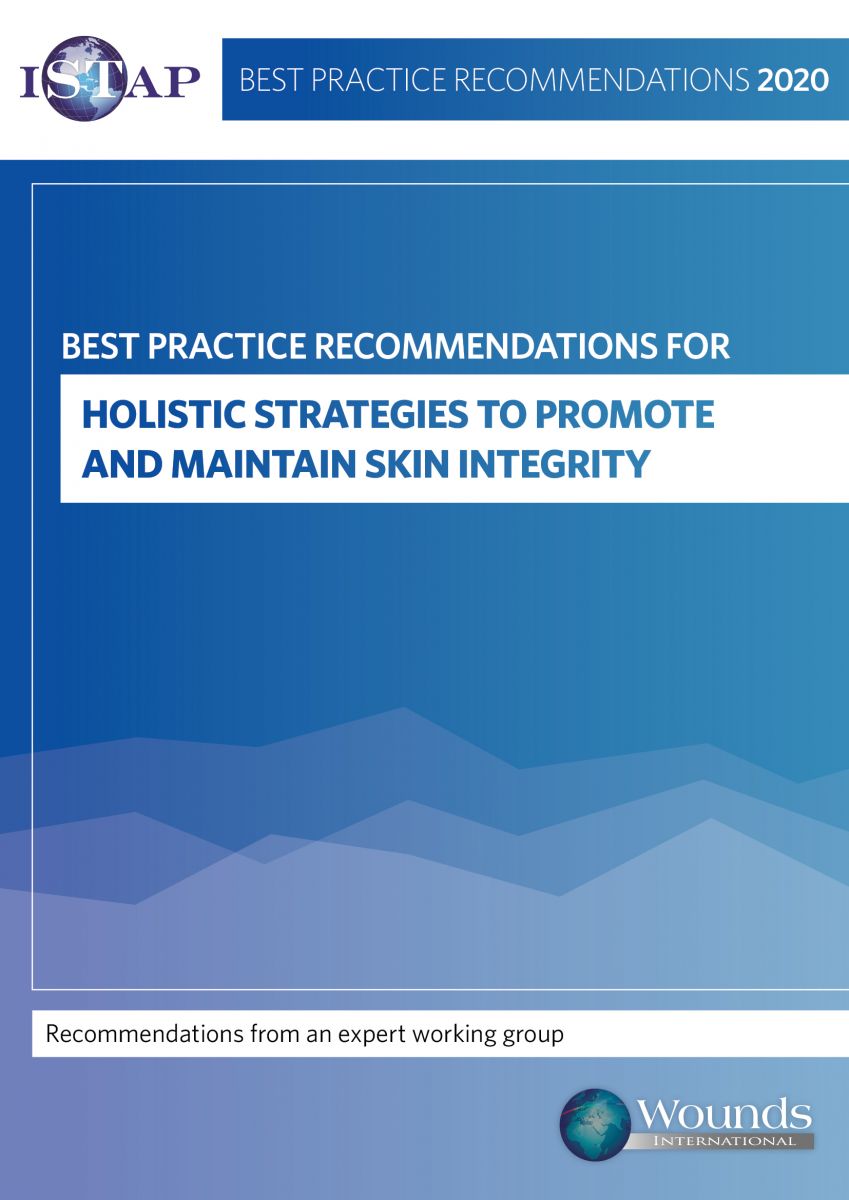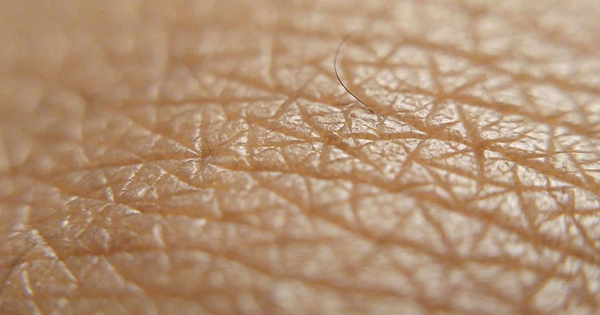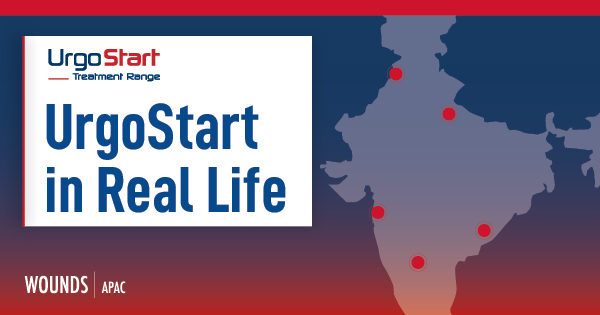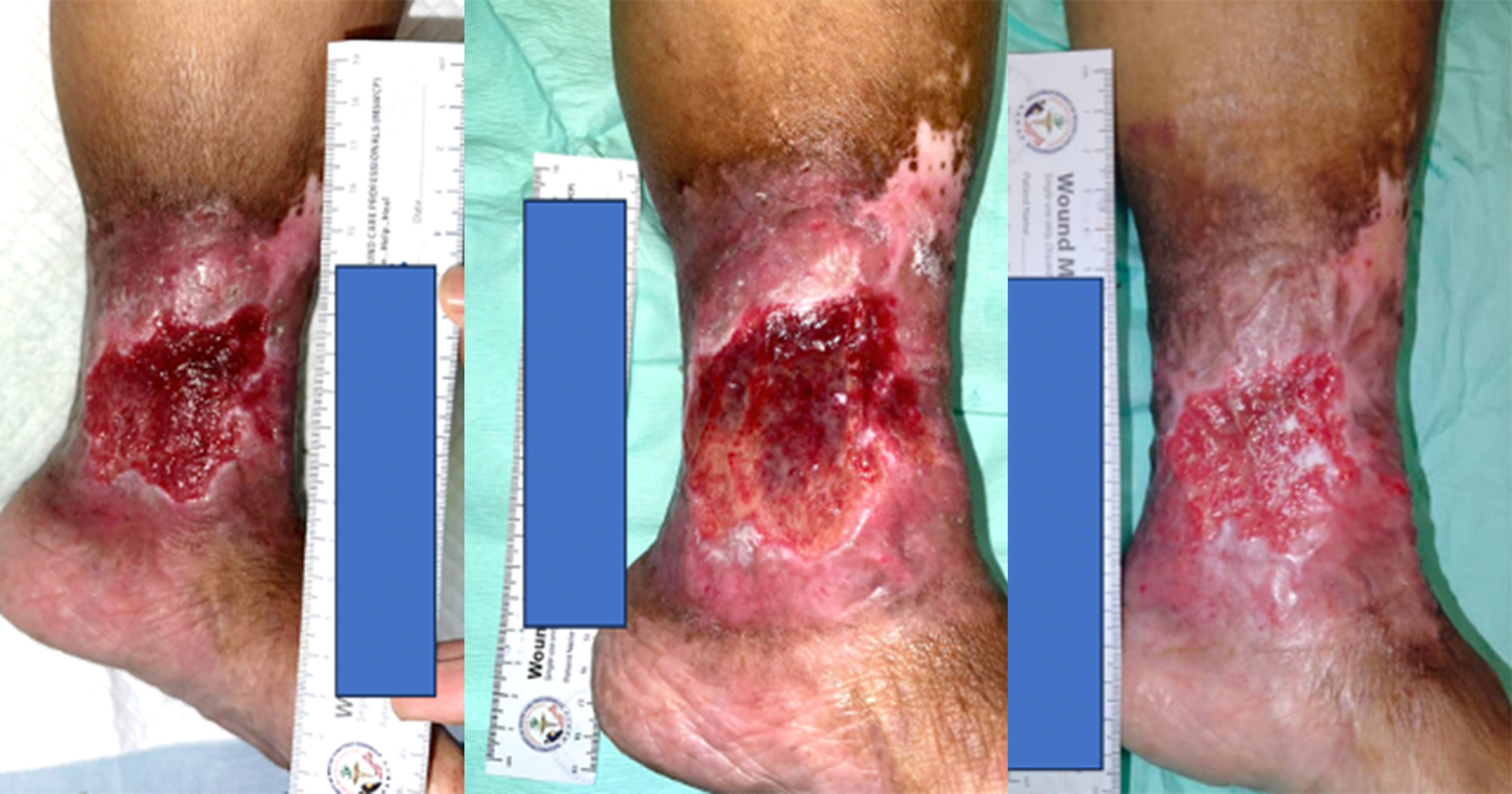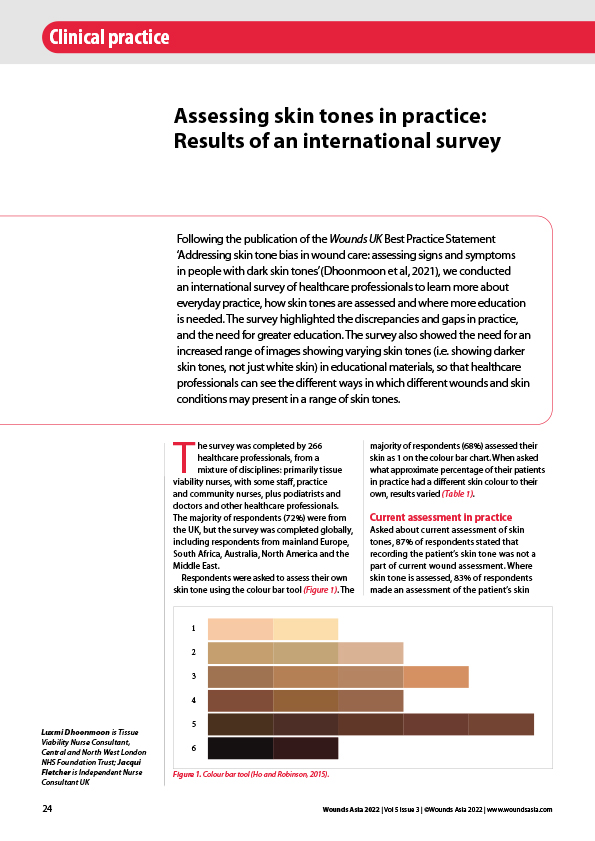The skin is the largest organ of the human body. The functions of the skin are to protect us from external insults and to maintain internal homeostasis. During an individual’s lifespan, there may be periods of enhanced skin vulnerability, which render the individual more prone to the development of skin problems. Critical phases are very early in life (when the skin is not fully mature), when individuals are suffering from dermatological or other systemic and chronic diseases, at advanced age, and at the end of life. The International Skin Tear Advisory Panel (ISTAP) has identified key knowledge gaps in prevention and management of skin problems in these critical phases, in order to improve practice and clinical outcomes.
ISTAP recognised a need for guidance that focuses on the shared risk factors and preventative strategies for common skin conditions faced by individuals with increased skin vulnerability:
■ Skin tears
■ Pressure ulcers
■ Moisture-associated skin damage (MASD)
■ Skin changes at end of life.
The aim of this document is to define the concepts related to skin vulnerability and to guide clinicians in their efforts to identify shared risk factors for skin conditions and ways to maintain or promote skin integrity. The intention is not to summarise these individual skin conditions, as this already exists in the literature, but to bring them together by focusing on their common risk factors, and formulating a synergistic prevention approach that will break down barriers in practice. The Skin Safety Model (Campbell et al, 2016) presented a holistic model that identified multiple skin injuries resulting from skin frailty, and multiple and intersecting factors; this document builds on that existing work.
ISTAP brought together a group of international experts, who met in October 2019, to discuss this new approach and agree on best practice recommendations that will guide practice and improve outcomes.
Following the meeting, a draft document was produced, which underwent extensive review by the expert working group. Additional international experts were consulted to reflect practice in healthcare settings across different parts of the world.
This document should provide healthcare professionals with the information and resources they need to provide appropriate care to at-risk individuals with fragile skin.

